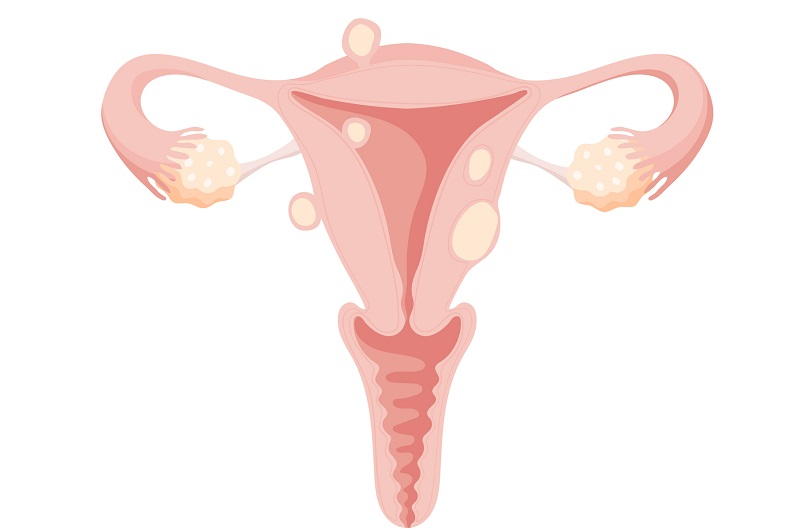Can You Shrink Fibroids Naturally?

August 04, 2023
With up to 80 percent of women developing uterine fibroids by age 50, according to the Office on Women’s Health, it’s perhaps unsurprising how often gynecologists are asked about ways to naturally shrink these noncancerous growths.
Unfortunately, however, fibroids resist diet and lifestyle approaches to reduce their size. Even hormone-related treatments don’t always work to ease the heavy bleeding, pelvic pain, frequent urination, constipation and other troublesome symptoms fibroids can cause, says Yitzhack Asulin, M.D., director of minimally invasive and robotic gynecology surgery at Pascack Valley Medical Center.
“How can you shrink fibroids? It’s a question we’re asked all the time,” Dr. Asulin explains. “But while fibroids may respond to hormones and have a regression in growth, they don’t truly shrink.”
Nonsurgical Approaches to Treating Fibroids
Dr. Asulin notes that one intervention that may offer fibroid relief is a medication called Lupron, which can temporarily shrink fibroids and stop heavy bleeding by hindering a woman’s estrogen production. Some women’s fibroids may slow or stop growing around menopause for the same reason. But Lupron isn’t prescribed for extended periods of time, since side effects can be severe and long-term use can cause bone loss.
Nonsurgical treatments are often recommended for women with persistent fibroid symptoms, including:
- Transcervical radiofrequency ablation, which shrinks fibroids using radiofrequency energy.
- Endometrial ablation, which uses heat to remove the lining of the uterus to relieve heavy menstrual bleeding.
- Fibroid embolization, which cuts off the blood supply to fibroids, causing them to shrink.
But there is a downside to all of these minimally invasive procedures: “These nonsurgical methods aren’t appropriate if a woman would like to preserve her fertility and get pregnant in the future,” Dr. Aselin says.
When Is Surgery Necessary?
If other treatments don’t bring symptom relief, or if fibroids are causing fertility problems or uterine prolapse (when the uterus bulges into the vagina), surgery may be recommended. Fibroid surgery typically involves minimally invasive techniques that help women recover rapidly, including:
- Myomectomy, which removes only the fibroids but leaves the uterus intact.
- Hysterectomy, which removes the entire uterus, including the fibroids.
“For a young woman who wants to preserve her ability to carry a pregnancy, we’d proceed with myomectomy rather than hysterectomy,” Dr. Asulin says. “But because of the relatively high rate of fibroid recurrence after myomectomy, we often decide to proceed with a hysterectomy, especially if no future pregnancies are desired.”
Dr. Aselin notes that today, these surgeries—even complex cases—can be performed robotically, which brings several benefits to the patient. “We’re able to complete surgeries even for large fibroids that in the past required open surgeries,” he adds. “We regularly perform fertility-sparing myomectomy surgery with the robot with great success, minimal blood loss, and the patient’s quick return to normal activities.”
Next Steps & Resources:
- Meet our source: Yitzhack Asulin, M.D.
- Learn about women’s health services at Pascack Valley Medical Center
The material provided through Health Hub is intended to be used as general information only and should not replace the advice of your physician. Always consult your physician for individual care.






